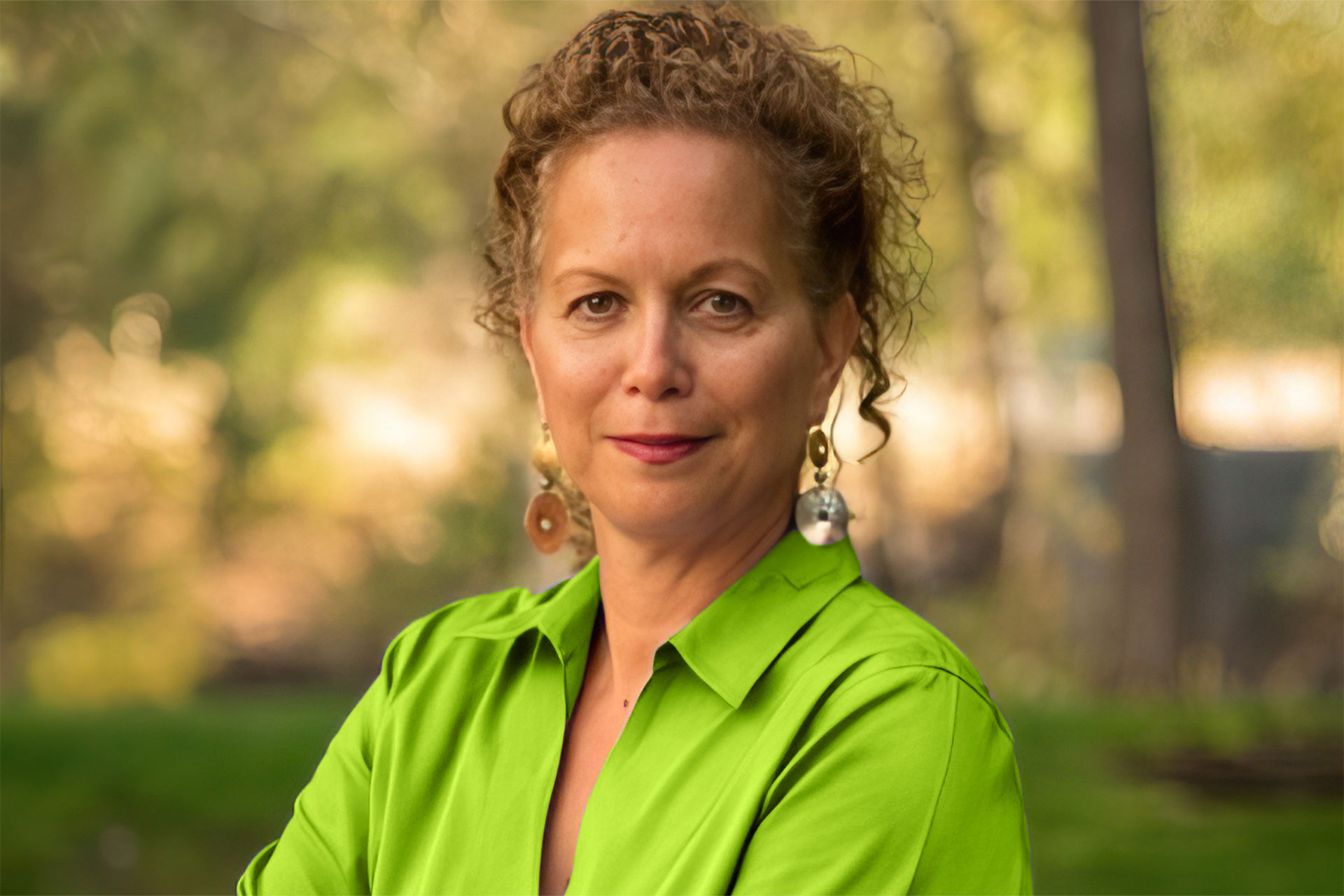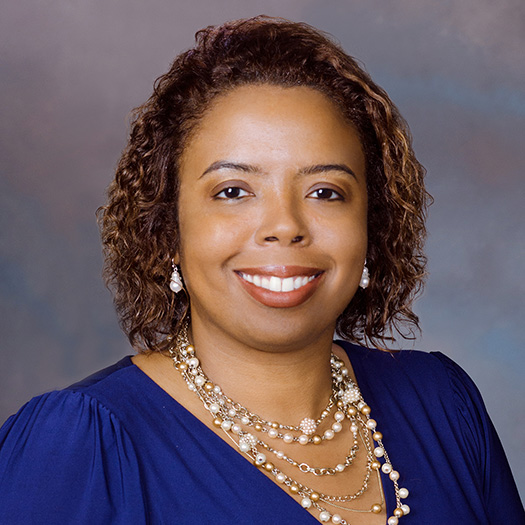RURAL AMERICA: A Treasure of ASSETS
January 19, 2024
Regional groups use funding, skills training to build capacity in Appalachian communities
By Jennie Blizzard, Fed Communities
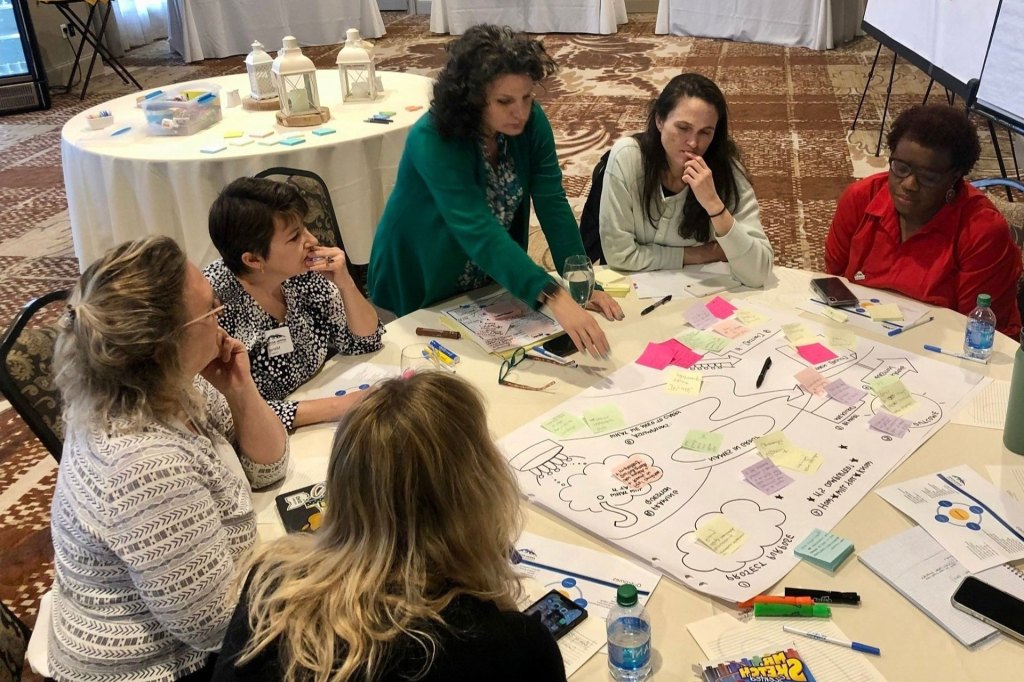
Photo: Appalachia Funders Network
The Appalachia Funders Network (AFN) and the Appalachian Regional Commission (ARC) describe themselves as “opportunistic about collaboration.” AFN, an organization formed in 2010 to drive collaborative partnerships to support the region, works to accelerate an equitable Appalachian transition by convening and connecting funders for learning, analysis, and collaboration. “At AFN, we listen to the needs of our members. We help equip them with data and networking resources necessary for them to pour into their communities in the most effective and constructive ways,” says Ryan Eller, who leads AFN.
ARC is an economic development entity of the federal government and 13 state governments that focuses on 423 counties across the Appalachian Region. ARC’s mission is to innovate, partner, and invest to build community capacity and strengthen economic growth in Appalachia. “There are so many great and worthy organizations and individuals doing such important work in our region. They are often overlooked or taken for granted,” says Bettina Jones, who focuses on business and workforce investment initiatives at ARC. “Those important projects and organizations need funding, staff, and know-how to fully advance economic development in their communities.”

“There are so many great and worthy organizations and individuals doing such important work in our region. They are often overlooked or taken for granted.”
-Bettina Jones, Appalachian Regional Commission
Together, AFN and ARC leverage each other’s networks to help bridge funding gaps — what they consider an essential ingredient in capacity building. The United Nations defines capacity building as the process of developing and strengthening the skills, instincts, abilities, processes, and resources that organizations and communities need to survive, adapt, and thrive.
Ryan, Bettina, and Stephanie Randolph, a grant maker focused on Central Appalachia and who serves in a leadership role for AFN and Invest Appalachia (IA), share how they work together to create funding strategies for long-term change in the region.
We often hear the term “capacity building.” At a high level, what does this term mean to you?
Ryan: The people and places in our region contain a multitude of assets, deep knowledge, and grit built over generations. It means equipping these people and places with the skills, tools, and resources they need to do their best work and make the greatest impact in the communities they serve.
How do ARC and AFN work together?
Bettina: ARC is a member of AFN and participates in funder gatherings across Appalachia. ARC also supports AFN by funding special projects, providing insights for many working groups, and contributing expertise. AFN’s work gives ARC an opportunity to hear what philanthropic organizations that serve Appalachia are doing and how ARC can build on those investments.
Ryan: ARC recently funded AFN’s Regional Community Asset Scan project. This project will offer invaluable data around the resources and assets that provide the most value to communities and the biggest gaps that need to be addressed.
Stephanie: ARC was an early partner and donor to the AFN and recognizes the opportunity and benefits of helping regional funders better understand each other’s work and align resources with one another. For example, AFN served as a gathering place for regional and national funders, investors, and CDFI partners. These conversations led to the design and launch of Invest Appalachia, an independent 501(c)(3) and regional investment fund. ARC was among the first, and most significant, contributors to IA, which has now raised over $25 million to invest in Central Appalachia.
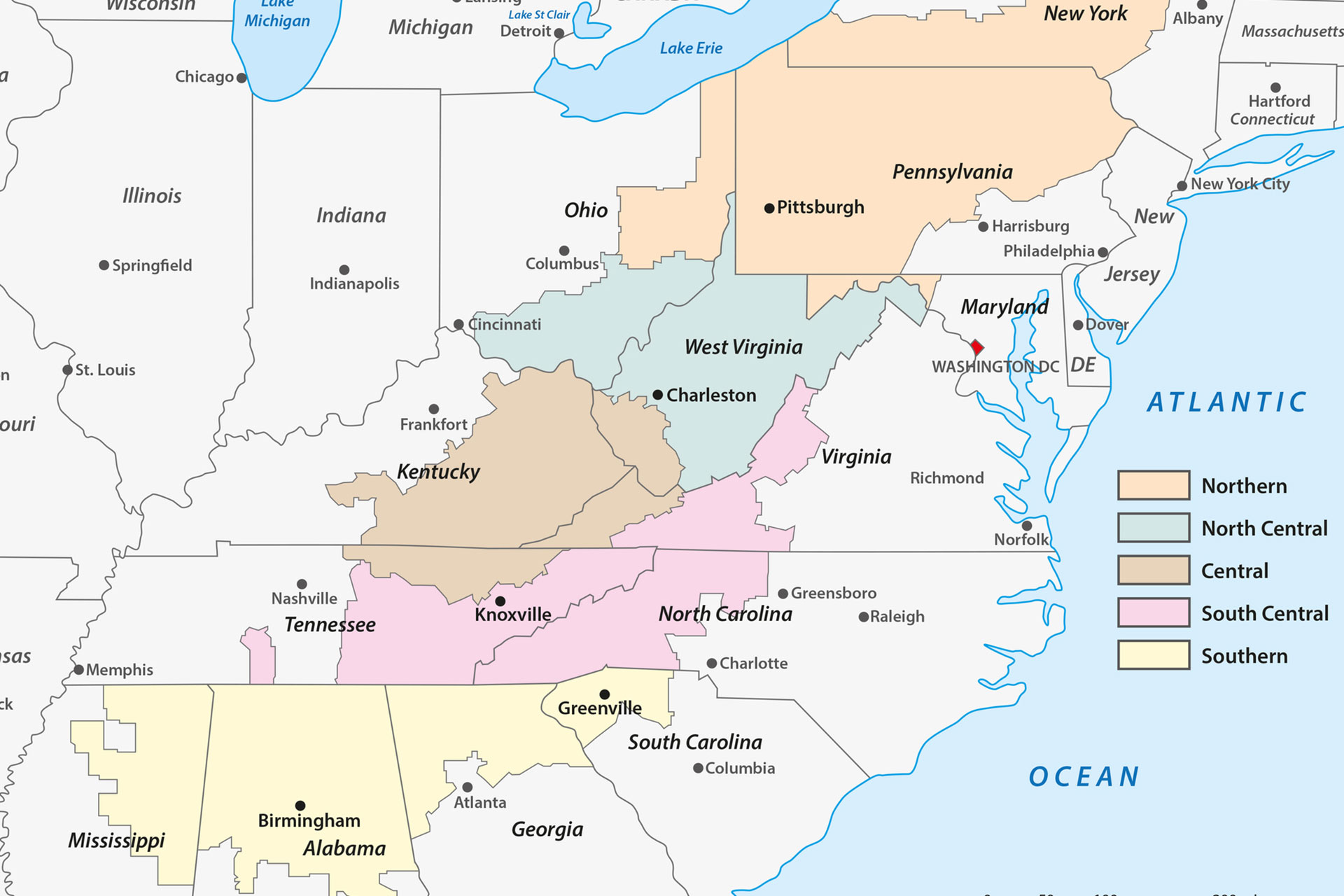
Success Story: Invest Appalachia
Invest Appalachia – A regional social investment fund established following several AFN and partner conversations in which leaders recognized the need for more nimble mechanisms to invest capital in projects across the region.

What do you think are the essential “ingredients” to increase the capabilities in rural communities and why are these ingredients important?
Bettina: Financial resources are often neglected. Capacity cannot be built without thoughtful and strategic funding.
Ryan: There’s a lack of philanthropic investment in the region and it’s difficult to access federal funding. Once organizations secure federal funding, they often aren’t equipped with what’s needed for reporting requirements. Many useful “ingredients” our members use to overcome these barriers include skills training, informational resources, and access to experts such as grant writers and accountants. Some of our members offer administrative support by acting as a “passthrough entity” to provide smaller amounts of funding to a community of smaller organizations. These activities help rural organizations and communities who really need it gain access to available funding when they may not have the capacity to manage it themselves.
Tell us how data play an important role in your capacity building work. How do you consider it important to the work you do in rural communities?
Bettina: Data is crucial. For ARC’s READY Appalachia initiative, we prioritize underserved areas and organizations. In our application processes, we rely on quantitative and qualitative data to determine who we prioritize for our programming. Soon we’ll be conducting a gap analysis for capacity building in the Appalachian region, which will be quantitative and qualitative, to show the most common capacity-related needs and specifically (qualitatively) what they are. This will help us respond to these capacity gaps with programming and other resources.
Ryan: A large part of what we do centers around data. One of our primary goals is to provide crucial information to the funders in our region to help determine the highest-priority needs.

Success Story: READY Appalachia
READY Appalachia – An ARC community capacity-building initiative offering free training and flexible funding for nonprofit organizations, community organizations, local governments, and Local Development Districts (LDDs) in the Appalachian Region. Participants access cohort-based learning, skill-development, and grant opportunities to increase their capacity to solve pressing issues and effect long-lasting economic change in their communities.
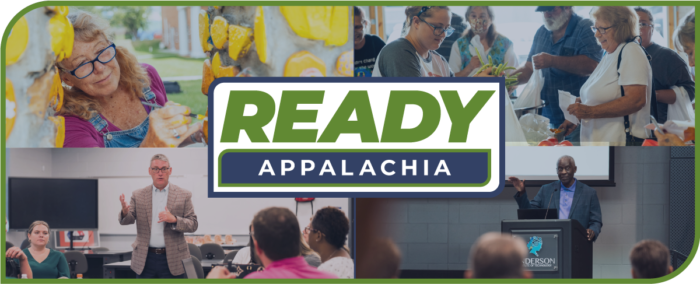
How do you measure success? What metrics or indicators do you track?
Bettina: For capacity building, we track “organizations served” and “organizations improved.” We use quantitative and qualitative measurements. For example, we measure the percentage of staff retention year-over-year, fundraising dependency quotient, number of people served by programming, board self-evaluation, staff professional development, etc.
Ryan: AFN utilizes a host of tools and best practices to evaluate impact. We track the number of members and individuals served through our events and programming as a quantitative indicator. But we also rely on our members to share their experiences working with community partners through case studies. These can be replicated and scaled. These best practices benefit the larger network as more of an informal, qualitative measure. Much of our work is secondary. The real outcomes are seen by grantees in the communities we and our funder community serve.
AFN does not provide grants, but in what other ways does it fill funding gaps for capacity building? Explain how AFN brings value to the funding process for capacity-building projects.
Bettina: AFN provides a space for any organization that funds economic or community development projects in Appalachia to meet regularly and hear from one another, work on joint issues or programs, share information among their client bases, and other activities. ARC wants to understand what other funders in the region are doing to complement instead of duplicating their work. ARC also wants to expand its reach among possible grantees through the network. Both are critical at a time when many funders wish to fund capacity building to respond to pressing issues.
Ryan: Our AFN Place-Based Group focuses heavily on capacity-building strategies. They’re currently surveying AFN members to find out who’s involved in capacity building work and to what extent. This data will then be used to determine which resources and professional development opportunities may be most useful for AFN members to provide necessary capacity building. Additionally, as Bettina mentioned, the relationships built among AFN members and the space to share with one another greatly increase the overall capacity of philanthropy in our region; knowing which organizations are working on what projects in which sectors creates the opportunity for crucial collaboration and peer learning.

Success Story: Grant Ready KY
Grant Ready KY – This charitable program was created as a solution for filling the gaps in situations where matching funds are required to receive federal funds. Also helps to build organizational capacity across the state to apply for, manage, and report on grant opportunities. They sponsor free grant training, provide grant-readiness coaching, and in some instances hire grant writers to help nonprofits put together applications.

How does your organization approach collaboration and partnership-building with local stakeholders?
Bettina: ARC utilizes a bottom-up approach regarding its funding. Project ideas originate at the local level and are worked out together with the local development district (LDD) in the area. Next, the state ARC office works with organizations at the local level, and finally, the project proposals come to ARC’s headquarters in Washington, D.C. ARC also provides administrative funding to both these entities, LDDs and state ARC offices, for their time spent helping communities develop ARC projects. After projects are awarded, ARC works closely with the grantee and provides consultation services and also makes them aware of other ARC programs.
Ryan: AFN groups are our heartbeat. AFN members and organizations who work directly with nonprofit grantee partners make up the groups. Our members have taken great initiative to build relationships with their grantees and work with them to hear their needs and build programs that provide the most benefit to the communities our members serve.
Stephanie: We are a foundation that provides regional and national funding. We prioritize our relationship building and investments into networks and regional entities. These entities provide grassroots perspectives and connections to ensure that what we support is grounded and reflects the values and visions of the community.

“The people and places in our region contain a multitude of assets, deep knowledge, and grit built over generations. [Building capacity] means equipping these people and places with the skills, tools, and resources they need to do their best work and make the greatest impact in the communities they serve.”
-Ryan Eller, Appalachia Funders Network
You all mentioned that you use a systems-level approach to solving capacity-building issues. What is that and how does it bring value to solving community challenges, such as capacity building?
Stephanie: This approach recognizes how issues are interconnected, uplifts the root causes of challenges, and helps identify all the potential players. It also assesses the potential impacts (positive or negative) of new interventions.
Bettina: We treat each project uniquely and individually. But ARC isn’t only focused on any one grantee. The systems-level approach for ARC means that we try to consider how we can engage where needed. For example, within READY Appalachia, we offer training and financial assistance to the level closest to the ground (in this case, local governments) and those organizations one level above (local development districts). We provide grant application and management support to grantees and to our LDD and state partners, as well as sharing best practices in economic development.
Similarly, READY provides training and financial assistance both to small nonprofit organizations and to community foundations (those that fund the same nonprofits). ARC also provides grant funding to all sizes of organizations that operate regionally, as well as provides state-level financial and technical assistance. It does so thoughtfully and strategically and contributes to systems-level change.
Ryan: AFN’s purpose is to convene and connect regional funders for learning, analysis, and collaboration to accelerate success in Appalachia. AFN works with its members to rethink models and long-established grantmaking practices in ways that place more priority on equity and sustainability. Some of our members have adopted participatory grantmaking styles where past grantees are invited to provide feedback on the grant process. Past grantees also give suggestions for what practices would be most useful to future applicants and serve on the selection committee. Our research allows members, and often the public, to have a high-level view of the challenges facing the region in order to consider innovative approaches to solving those challenges.

“This [systems-building] approach recognizes how issues are interconnected, uplifts the root causes of challenges, and helps identify all the potential players. It also assesses the potential impacts (positive or negative) of new interventions.”
-Stephanie Randolph, Invest Appalachia
What do you wish people knew about capacity building in rural communities that they don’t know?
Bettina: We must invest directly in organizations and governments using project-based funding. We must give organizations, especially those that are underserved, a chance to build capacity. This essentially means helping them be able to answer the question on almost every grant application: “Please describe your organization’s capacity to manage this project.” Giving them funding, training, and resources to do this, trusting them and believing in them—is the primary way to move the capacity needle long-term.
Ryan: No one knows better what a rural community needs than those working, living, and serving in that community. There are so many organizations, both funders and nonprofits, who are undertaking critical, equity-focused, and innovative work, but that lack the capacity to access the resources they need to reach their impact goals. Ensuring that these organizations and individuals have funding, training, connections, and technical assistance (financial experts, grant writing assistance, technology, and equipment support, etc.) is what’s going to result in the biggest impact on these rural communities and lead to a flourishing Appalachian region.

Success Story: READY Nonprofits
READY Nonprofits – As a learning track of READY Appalachia, READY Nonprofits helps nonprofit executives and board members increase their own capacity, strengthen their organizations, and better serve their communities. ARC worked with the Foundation for Appalachian Ohio (FAO), a member of AFN, to develop a special semester of READY Nonprofits. FAO identified organizations to take the course and sorted them into groups for ARC and communicated with the organizations throughout the process. This benefited both ARC and FAO. Many of these FAO’s grantees were introduced to ARC’s programming.
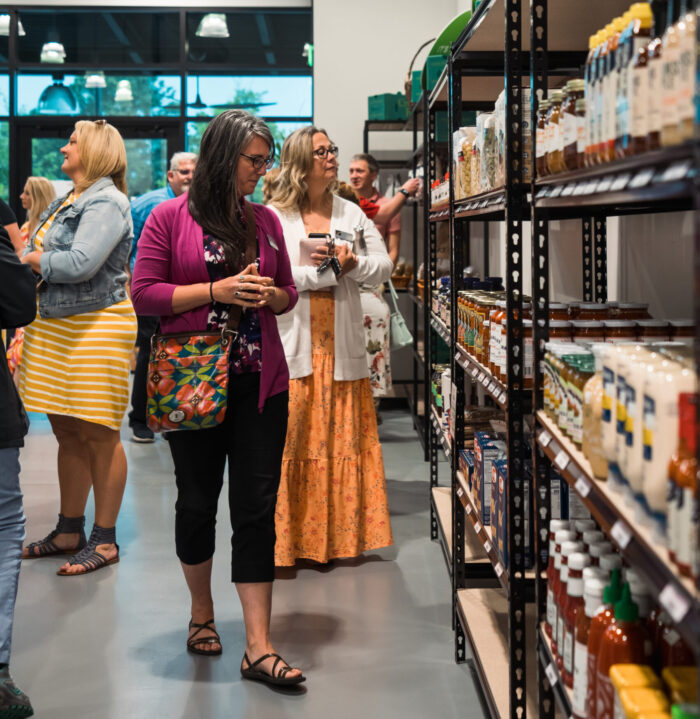
Related Federal Reserve resources: CAPACIty BUILDINg
- Investing in Rural Prosperity – “The Opportunity: Capacity Building in Rural Communities”
- Investing in Rural Prosperity – “Building Local Capacity in Rural People, Places, and Systems”
- Building the Capacity of Rural Development Hubs and Intermediaries
- Rural Community Action Assembly: Capital Access and Absorption
- Building Rural Capacity for an Inclusive Recovery


